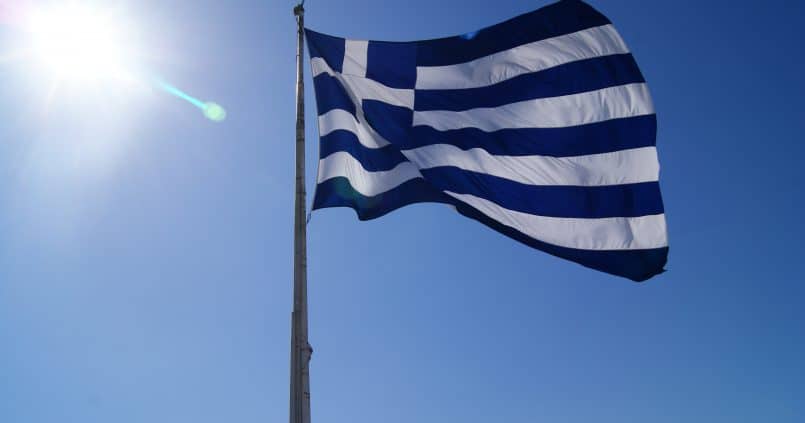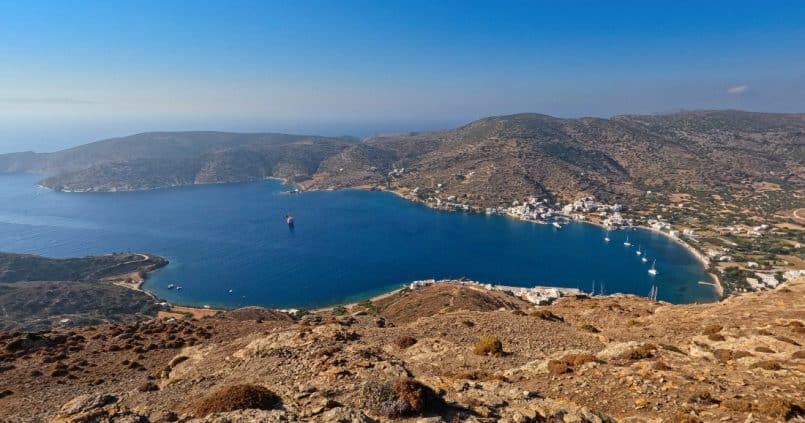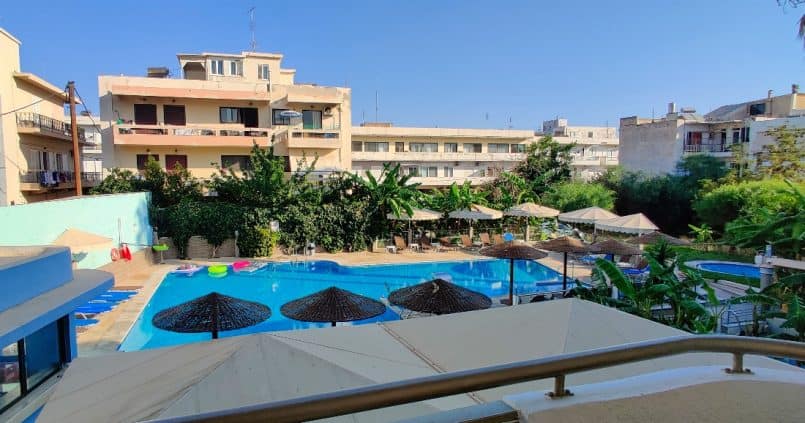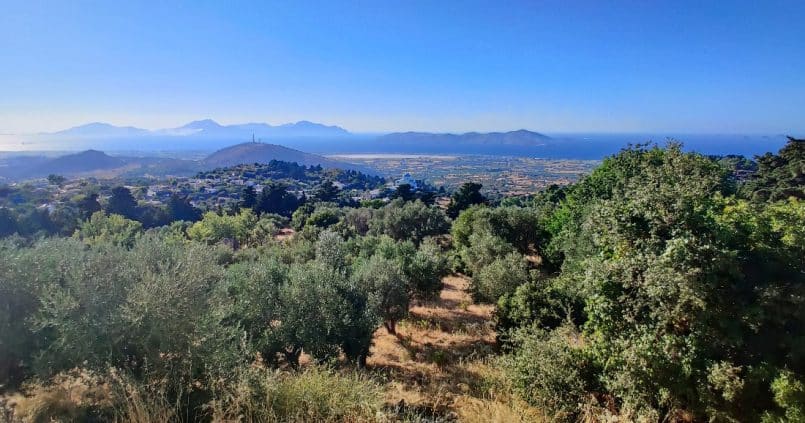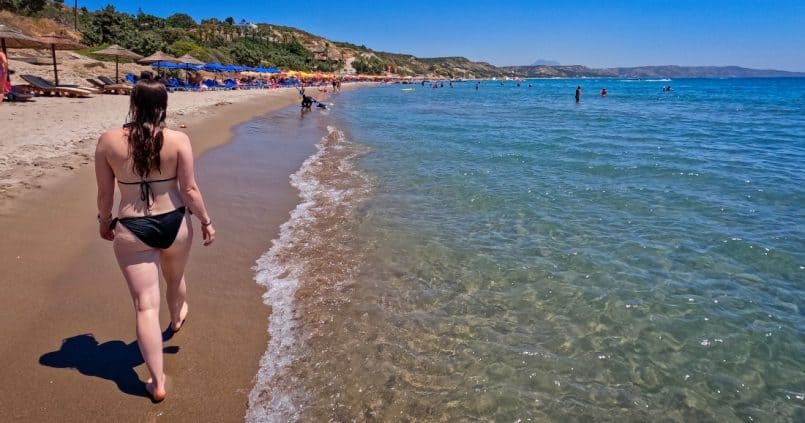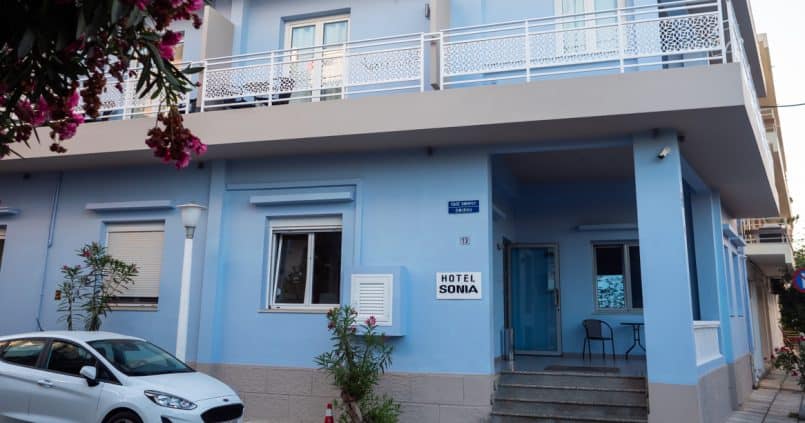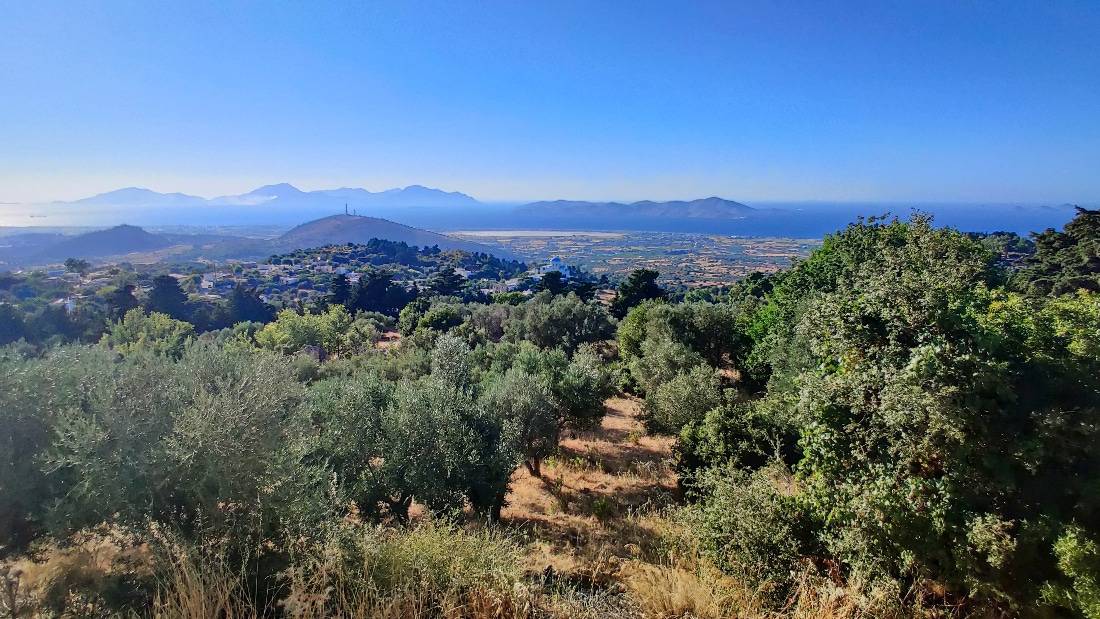
Kos Island Guide
Kos Island Overview
Kos, a magnificent Greek island in the southeastern Aegean Sea, boasts crystal-clear waters, stunning beaches, and fascinating ancient ruins, making it an essential destination for any traveller to Greece. The island offers something for everyone, whether you’re seeking adventure, relaxation, or both, due to its long history, unique culture, and natural beauty.
The island’s beaches are one of its most impressive features, with over 100 kilometres of coastline and some of the most beautiful beaches in the Mediterranean. Tigaki Beach, famous for its powdery white sand and turquoise waters, and Agios Theologos Beach, surrounded by rocky cliffs and lush vegetation, are just two examples of the beaches. Whether you prefer a remote location, such as Kefalos Beach, located on the southwestern tip of the island, or a more popular beach, Kos has a beach for everyone.
Kos Video Guide
Check out our video guide for Kos below:
Our Experience of Kos
We first visited Kos in July 2021 as part of our Greek Odyssey. The plan had been to spend a few days on the island to see what it had to offer, but I ended up being there for nearly three weeks due to a lack of accommodation on my onward route. While Kos wouldn’t have been my first choice for such an extended stay, it turned out pretty great. I developed quite a soft spot for the island, particularly Kos Town, which, despite not having a fantastic beach, kept me occupied with a gym, a large selection of cafes, bars and restaurants and a buzzing atmosphere.
In 2022, I returned to Kos for another two-week stay. Admittedly, this was motivated partly by nostalgia from my previous visit and partly because my girlfriend wanted to come and visit while I was touring Greece again. With limited options for destinations she could easily reach, Kos was the most convenient and fitted in with my itinerary. We enjoyed exploring the island, particularly the beaches along the southeastern coastline, Paradise Beach and Camel Beach being our favourite spots.
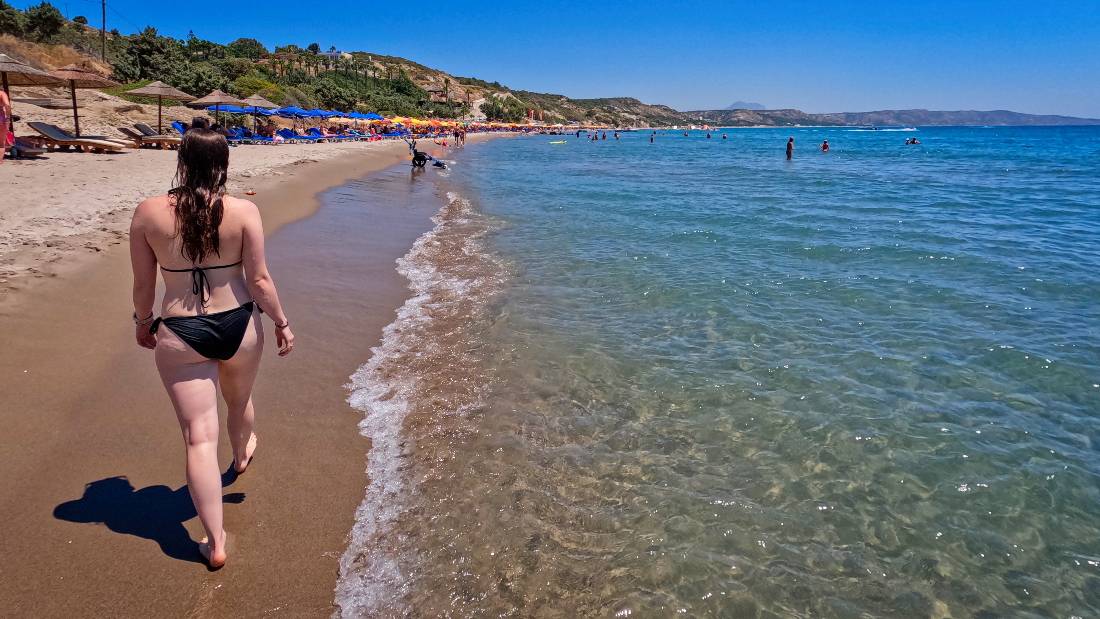
Things to See and Do
Kos has many ancient ruins and archaeological sites for those interested in history and culture. The Asklepion, an ancient healing centre dedicated to the Greek god of medicine, Asklepios, is the most famous. The Asklepion was one of the most important medical centres in the ancient world, and its ruins are still visible today. Other ancient sites on the island worth seeing include the Roman Odeon, the Ancient Agora, the Altar of Dionysus and the Tree of Hippocrates.
Kos is perfect for outdoor activities like hiking and biking, with numerous trails and paths winding through the rugged terrain and stunning countryside. A boat tour around the island is a more relaxed activity that lets you explore the hidden coves and bays. For a more adventurous experience, why not try windsurfing or kitesurfing? With its strong winds and clear waters, Kos is one of the best destinations in Greece for these exciting water sports.
Of course, no visit to Kos would be complete without sampling the island’s delicious cuisine. The local food uniquely blends Greek and Turkish flavours, reflecting the island’s history and cultural influences. Try dishes like moussaka, souvlaki, dolmades, and local specialities like Pitaroudia (chickpea fritters) and Krasotiri (a tangy cheese made from local wine). Additionally, Kos is famous for its honey, made from the nectar of the island’s wildflowers, which has a rich, sweet flavour.
Whether you’re a history buff, a beach lover, or an adventure seeker, Kos has something for you. Its stunning natural beauty, fascinating ancient ruins, and delicious cuisine make it a must-visit destination for anyone travelling to Greece. So pack your bags and head to Kos – it won’t disappoint!
Summary and Alternatives
Kos is an excellent choice for a holiday destination. Its international airport makes the island easily accessible from most European countries, and its popularity means that prices are competitive with many good value hotels and restaurants.
Kos is a large island with many beach resorts, activities, and historic sights. Its location in the southeastern part of Greece, close to the Turkish coastline, means that summers are generally hot and dry, with some of the highest temperatures often seen here. This can make it uncomfortable during the peak summer months of July and August. If you don’t like the heat, consider visiting earlier or later, or look at alternative islands.
If you’ve visited Kos before and want some alternative suggestions, Rhodes is the obvious choice. Located in a similar part of Greece, Rhodes is the larger sibling of Kos and has an even greater number of beaches, activities and historic sights. Crete is another strong contender if you like plenty of things to see and do. As the biggest island, it has many beach resorts, large towns, small villages, history and activities such as water parks.
For somewhere smaller and less touristy, consider nearby Astypalea with its pretty Chora and peaceful beaches, or Amorgos if you enjoy hiking and experiencing a more traditional Greece.
Kos Blog Posts
Find out more about Kos by reading our recent blog posts:
-
Greece 2022: Retrospective
This post is part of a series called Greece 2022 Tuesday 17th October 2023 – (Over) One Year Later Much like the retrospective from my Greek Odyssey in 2021, I…
-
Days 42: Kos to Amorgos
This post is part of a series called Greece 2022 Saturday 30th July 2022 Back to the Cyclades Farewell, Kos! It’s been an incredible two weeks (well, 15 days to…
-
Days 37-41: Kos Town Downtime
This post is part of a series called Greece 2022 Monday 25th – Friday 29th July 2022 Another Condensed Update I had decided to head back to the Cyclades from…
-
Astron Hotel, Kos Town, Kos
Review Rating: 4/5 Date of Visit: July 2022 I stayed at Astron Hotel twice in July 2022, on either side of a visit to my favourite hotel, Hotel Sonia. Why…
-
Day 36: Kos Paradise Beach, Kefalos and Zia
This post is part of a series called Greece 2022 Sunday 24th July 2022 A Busy Last Day Today it’s my girlfriend’s last day in Kos. Her flight home isn’t…
-
Days 34-35: More Kos Town Relaxation
This post is part of a series called Greece 2022 Friday 22nd – Saturday 23rd July 2022 Back to the Beach Once again, I’m combining the last two days into…
-
Day 33: Kos Lido Water Park
This post is part of a series called Greece 2022 Thursday 21st July 2022 A Day Out of Kos Town To break up our week, we decided to escape Kos…
-
Days 31-32: Kos Town
This post is part of a series called Greece 2022 Tuesday 19th – Wednesday 20th July 2022 Breakfast and Kos Town Beach With no car to explore the island, we…
-
Day 30: Kos Paradise Beach
This post is part of a series called Greece 2022 Monday 18th July 2022 Breakfast and a Day Out We still had our hire car until 8 pm, so our…
-
Day 29: Kos Town Hotel Move
This post is part of a series called Greece 2022 Sunday 17th July 2022 Heading Back to Hotel Sonia My girlfriend was due to arrive from the UK later today….

